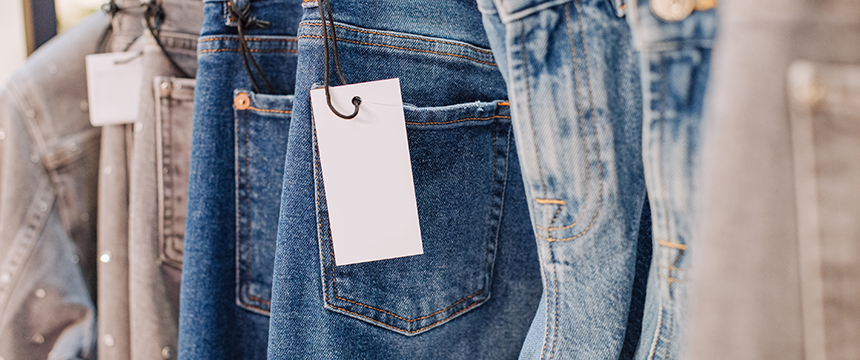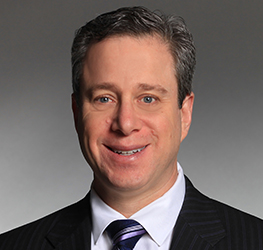Highly Evolved Intellectual Property Strategies for Protecting Consumer Products

Product companies in the 21st century must be nimble and capable of fast execution. Competition has never been so fierce because of the proliferation of the global economy, including typical market competitors, former manufacturers, and future competitors who currently work within the company.
Historically, companies mainly faced competition within the U.S., but the ease of transportation and marketing via the web makes anyone a potential competitor. While technology increases speed of product development, technology, such as 3D laser scanners and mass spectrometry, increases speed of reverse engineering and copying of others’ products.
Manufacturers, most notably non-U.S. manufacturers, will sometimes continue to produce and sell your products to other distribution channels after you switch to a new manufacturer to avoid reallocating workers and production lines.
Companies always face the challenge of current employees or contractors, such as computer programmers, who leave the company. Employees often have access to software and sometimes confidential or trade secret information.
Consumer Product Competition Challenges
As a result of the ease of copying, reverse engineering, and unscrupulous manufacturing partners, consumer product companies often find themselves with competitors shortly after releasing a new product, oftentimes within a few months. Also, the more popular the brand, the faster the competitors show up. To make business even more challenging, the ability for competitors to distribute knock-offs has become much more pervasive on internet sales platforms (e.g., Amazon and eBay).
The most recent (and problematic) competition trend is for U.S. competitors to purchase consumer products, send those products to Chinese organizations that review granted and pending patents of the originator, and formulate design-around products to produce similar products that do not infringe the patents. This patent design-around effort is legal, but often has a material impact on the originator of the consumer product.
Two possible competition defenses include having intellectual property (IP) protection and out-marketing the competitor. Out-marketing can be challenging with today’s low-cost online marketing tools. Meanwhile, takedown policies for IP infringement vary for each major sales site.
IP Housekeeping
Intellectual property generally includes patents, trademarks, copyrights, trade secrets, trade dress, and know-how. It’s important for companies to complete some IP housekeeping to protect their ideas. These include:
Patent Assignment Provision: All executives, employees, and contractors / consultants need to be under a duty to assign intellectual property, most notably inventive ideas. Without a written assignment, the invention owner is the employee, and their ability to leave your company with the idea to become or join a competitor, or worse yet, license your technology to a competitor (yes, it is legal)! Having the patent assignment should help to deter executives, employees, and contractors from becoming a competitor.
Copyrights: For products that include software, a copyright application should be filed with the U.S. Copyright Office for each and at each major update. File within three months of publication to be guaranteed statutory damages (and attorney fees) in the event of infringement.
Trade Secret Protection: Maintain a list of trade secrets and limit access to individuals with a need-to-know.
Intellectual Property for Consumer Products
Such fast-pace competition has placed a higher burden for securing IP earlier in a product life cycle. How can you do that? A systematic working relationship between a product developer and IP counsel needs to exist.
Here’s a strategy for better integrating your IP program with product development to secure the IP earlier in the product life cycle. Communications should occur in three phases:
- After concept acceptance but before design / engineering: For consumer products, because the cost of patent infringement is so high, it is strongly recommended to conduct a Novelty Search and/or Freedom-to-Operate Search to help ensure that the concept has innovative features that are potentially patentable and help avoid patent infringement. From the search results, the patent counsel can focus on inventive features to protect the product, and guide the company how best to avoid patent infringement. Consider filing a provisional utility patent application and/or design application(s) at this time.
- After engineering design is completed: Once the inventive features are learned, file patent application(s). These should be either provisional or non-provisional depending on the potential for the product to further evolve. Budget may also play a factor in the decision. (Note: for products with unique ornamental design features, file design application(s) to avoid unintentional loss of international rights.)
- After prototyping is complete and prior to production or product announcement: Perform a final check to see if any additional product features need to be protected. Importantly, because of the “design-around” problematic trend, be sure that the scope of design alternatives is sufficiently expansive to help minimize design-around alternatives.
Make sure the company’s workflow includes the IP attorney to sign off to ensure all patent filings are complete before announcing or releasing the product! Also, ensure trademarks and copyrights are filed, and patent and trademark clearance assessments are within acceptable risk tolerances.
Timing is Everything
Patents
A utility patent normally takes 18-30 months to grant (expedited: 6-12 months) while design patents applications take between 12-18 months to grant (5-9 if expedited).
For consumer products, the goal is to obtain a granted patent ASAP to enforce against competitors. Both utility and design patent applications can be filed with an Expedited Examination request. When Patent Examiners examine accelerated applications, a more “cooperative” examination typically occurs. Design patent applications filed for Expedited Examination (under 37 CFR 1.155 must include form PTO/SB/27) require a pre-examination search to have been performed and a listing of classes/sub-classes along with an Information Disclosure Statement to be filed.
Trademarks
Trademarks generally take 9-15 months, and no expedited filings are possible. Once the desired product names are determined, clear the names to reduce the chance of having to later rename/rebrand due to infringement of another mark, and submit for a federally registered trademark as early as possible so that a registered trademark is granted prior to or early in the life cycle of the product.
Copyrights
Copyrights take 6-12 months to grant, possibly 10 days if expedited (existing infringement typically needed to expedite). Be sure to copyright as much of your product as possible, including manuals, photos, software, etc. Remember to copyright your company logo in addition to trademarking, as a knock-off often includes the company logo on the knock-off products. It is suggested to include a copyrighted logo on goods so knock-off products that also include the copyrighted logo face copyright infringement (relatively speaking, it is VERY easy to remove goods from import and distribution with copyright infringement).
A formal copyright program is helpful to ensure copyrights are part of the IP protection program. Registering software makes programmers more sensitive to taking software when leaving the company. Also, because a copyright is required to be registered to initiate a copyright lawsuit, you may as well timely file for statutory damages. For software registrations, be sure to file the software with redactions to show that trade secrets are in the software, thereby supporting later trade secret enforcement.
Trade Secrets
These are instantly granted. For software and life science technologies, it is recommended to have a formal trade secret program in place that documents the actual trade secret and to maintain formal protection for the trade secrets. The court will want to know what is the trade secret and how did you protect the trade secret.
Marketing
When marketing the product, mark your product with appropriate IP identifiers, such as “Patent Pending,” patent number once granted, proper trademark symbol, and/or copyright notice. Marking the product and packaging will at least make your competitors think twice about producing a knock-off or similar product. Remember to remove the patent marking when patent(s) expire.
Beat the Competition
Because of the speed of competition with consumer products, intellectual property assets need to be protected earlier in the product life cycle for maximum protection. As such, intellectual property should be properly integrated during product development, and each IP asset should be considered and timely filed. If patent applications are expedited and granted before competition shows up, competitors are reduced and infringing products are removed from the market – allowing your company to thrive.
